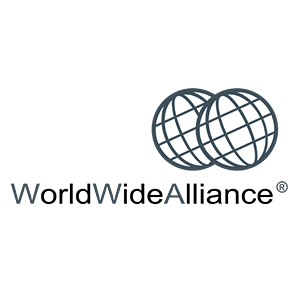Finding the right route for any transport operation is essential for freight forwarders and industry professionals. A big factor to have in mind is the route ship and container are going to do, is it a direct service or will there be any transshipments?
Today we explain the differencesd between them and why this is so important
Differences between direct and indirect services for LCL & FCL cargo.
Something to have in mind first is to know there are differences between what is considered a direct and indirect service depending on the point of view.
Carriers and freight forwarders
When carriers or freight forwarders mention direct services they normally refer to a service in which the very same vessel departing from POL is the same arriving to POD. This means that the container in which the cargo travels does not change vessels. The vessel itself may call and usually does, in many intermediate ports to download and load more containers, but our container in particular is not downloaded until arriving to its final destination.
On the other hand if they refer to indirect services, they mean that the container will be unloaded from its initial vessel in any intermediate port and loaded into a new one that may or not be the one that finally arrives to final destination.
Indirect services are normally used on small ports that cannot hold big vessels due to its capacity or its water depth. This way the containers leave the initial port into a ‘feeder vessel’ that later on connects to the ‘mother vessel’ at a port with more capacity or means.
Consolidators & NVOCC
When it comes to Groupage companies, consolidators or NVOCC, the meaning of direct and indirect services changes completely.
For a NOVCC a direct service stands for the services in which the very container loaded and sealed at origin is the same arriving to destination. It is not considered here if the vessel is the same, changes, calls other ports, etc., but simply that the cargo’s integrity is maintained and not manipulated in a intermediate port.
On the contrary, when it is said that the service is via any given port, that means that the container will be unstuffed at the port at the premises of the NVOCC company or its agent, in order to be loaded again into a new container with different cargo from the initial one. This way the container stated on the bill of laden ( BL) won’t be the same as the one the cargo arrives to the final destination.
According to this, when an NVOCC company says that its service from Barcelona to Tokyo is, for example, via Singapore, this means that once in Singapore your cargo will be manipulated, unstuffed from the container and loaded into a new one that will finally arrive to Japan. This means more risks for the cargo safety and bigger chances for delays, cargo inspections, connection losts, etc. At Transglory we always recommend you to chose direct services.
Advantages of direct services
It doesn’t matter if your cargo is LCL or FCL, it’s always better to chose a direct route, or with as few transshipments as possible.
- A direct service reduces the possibility of delays and changes into the expected transit time. With an indirect service, be it with 1, 2 or more transfers, the chances of delays grows exponentially.
- Direct services offer more competitive prices (more so, when door to door).
- In the particular case of LCL cargo, a direct route avoids possible mishandling of the cargo, even its loses or unwanted crossings.
That0s why in TransGlory we offer mainly direct services in all our import and export routes. You can check our schedules in our website my.TransGlory.com.











